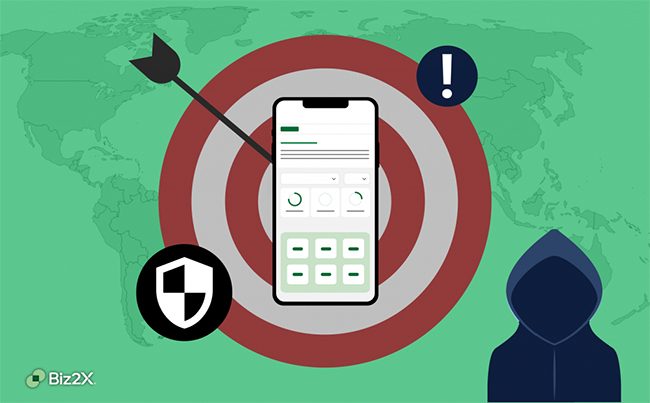As we approach year-end, small and midsize businesses (SMB) are taking a close look at the financial health of their companies. Business owners are reviewing the previous year’s revenues, expenses, and debt and fine-tuning next year’s budgets and cash flow forecasts. Companies that are finding they do not have the capital on hand to support their goals while meeting income tax liabilities, will overcome those obstacles by cutting costs, increasing income, and exploring small business loan opportunities. For financial institutions and lenders, tax season creates opportunity to build relationships with these businesses, earning trust by understanding their needs and matching them with the right financing for their unique situation.
How SMBs determine their financial position
Small business owners get a complete picture of their financial health by analyzing a few standard financial reports typically prepared prior to or during tax season. Understanding the financial needs the business is facing is the first step to matching them with the right small business loan opportunity.
- Balance Sheet – A balance sheet shows how much a business is worth at a certain point in time. The report compares assets, which describes everything the SMB owns, to liabilities, which is everything that is owed. When the value of liabilities is subtracted from the value of assets, the result is owner’s equity. A negative owner’s equity may indicate that the business is lacking working capital and may benefit from exploring financing options.
- Income Statement – An income statement tells business owners how much profit (or loss) the company has generated over a measured amount of time. To calculate profit, or net income, the expenses operating are deducted from business revenues. If a SMB is showing a loss, then the company’s current sources of income are not enough to cover costs. If net income is negative, the company may benefit from a business loan to increase marketing efforts or refinance current debt.
- Tax liability -Some small business owners complete their income tax returns and are surprised to find they owe more to the Internal Revenue Service (IRS) then estimated. This situation may create a cash shortage that can be rectified with one of several business financing options.
The top financing options for SMBs
Lenders and banks can optimize the opportunities at tax time by offering clients customized business lending solutions. Reaching out to new or existing clients at a time when entrepreneurs are already reviewing their financial statements presents a growth opportunity for banks that can offer additional funding or better loan terms through refinancing.
Commercial Real Estate Loans
Secured loans that use commercial real estate as collateral can be a great way for borrowers to relieve cashflow shortages at lower interest rates. Lenders can work with clients to examine their current debt schedules and identify opportunities through improvements, like better loan terms or lower monthly payments.
Term Loans and Lines of Credit
Term loans and business lines of credit give entrepreneurs access to the funds they need upfront and allow them to repay the debt over time. Lenders can implement a variety of digital lending tools into their tech stacks to accommodate managing different types of loans.





Digital lending tools to maximize opportunities
Lenders that make the most out of tax season know that to remain competitive, they must manage their loan portfolio efficiently. Fortunately, there are several digital lending platforms and automated loan processes that can give lenders an advantage when growing their portfolios.
Business loan automation
Business loan automation streamlines each step of the commercial lending process including the loan application and approval processes, risk assessment and credit decisions, and repayment schedules. When the right digital tools are implemented by a community bank or private lender, the lender becomes more competitive due to a better borrower experience. Some benefits of automated processes include:
- Improved loan-origination process
- Enhanced credit risk assessments
- Faster underwriting processes
- Comprehensive loan agreement management
- Automated repayment processes
- Better borrower data management
- Simplified tracking and reporting for lenders
Artificial Intelligence for lending
Artificial Intelligence (AI) is providing unprecedented advantages to lenders because the use of AI enables lenders to make more accurate and data-driven decisions, identify risks or market changes quicker, and offer their existing and potential customers personalized banking services. Borrowers benefit from working with banks that use AI because it facilitates faster loan approvals, enhances financial planning tools, and promotes a diversified portfolio.
While AI improves the overall efficiency of loan practices, it also presents some challenges to both borrowers and lenders. Lenders must be sure to consider data privacy when using AI by investing in enhanced cybersecurity methods. Financial institutions must also be sure that the AI they are compatible for use with legacy systems. For borrowers, one of the biggest challenges of AI is the digital divide created among users that have limited access to digital resources.
Conclusion
As small business owners wrap up 2023 and prepare for the 2024 income tax season, this is the perfect time to engage them proactively with targeted financing options. Banks can take advantage of these lending opportunities by implementing automated loan processes, like those from Biz2X, and AI driven data collection into their policies.











